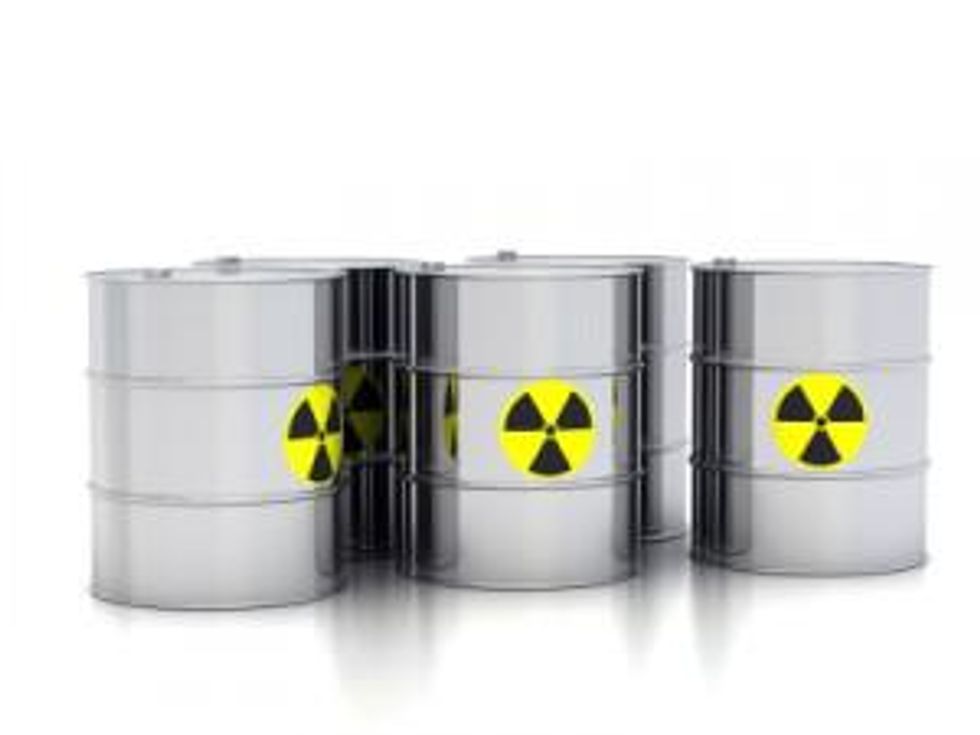- AustraliaNorth AmericaWorld
Investing News NetworkYour trusted source for investing success
- Lithium Outlook
- Oil and Gas Outlook
- Gold Outlook Report
- Uranium Outlook
- Rare Earths Outlook
- All Outlook Reports
- Top Generative AI Stocks
- Top EV Stocks
- Biggest AI Companies
- Biggest Blockchain Stocks
- Biggest Cryptocurrency-mining Stocks
- Biggest Cybersecurity Companies
- Biggest Robotics Companies
- Biggest Social Media Companies
- Biggest Technology ETFs
- Artificial Intellgience ETFs
- Robotics ETFs
- Canadian Cryptocurrency ETFs
- Artificial Intelligence Outlook
- EV Outlook
- Cleantech Outlook
- Crypto Outlook
- Tech Outlook
- All Market Outlook Reports
- Cannabis Weekly Round-Up
- Top Alzheimer's Treatment Stocks
- Top Biotech Stocks
- Top Plant-based Food Stocks
- Biggest Cannabis Stocks
- Biggest Pharma Stocks
- Longevity Stocks to Watch
- Psychedelics Stocks to Watch
- Top Cobalt Stocks
- Small Biotech ETFs to Watch
- Top Life Science ETFs
- Biggest Pharmaceutical ETFs
- Life Science Outlook
- Biotech Outlook
- Cannabis Outlook
- Pharma Outlook
- Psychedelics Outlook
- All Market Outlook Reports
Positive Forward Fundamentals Temper Long-term Uranium Outlook
The uranium spot price continued to slide this week, yet confidence in the long-term outlook for the uranium market remains positive. Industry insiders are looking forward to strong demand expected to come from the numerous reactors under construction worldwide.
The long-term outlook for the uranium market remains positive as industry insiders look forward to strong demand expected to come from the numerous reactors under construction worldwide — Russia, China and India have a total of 95 reactors planned over the next two decades. However, the short-term outlook is dreary as most utilities are well-supplied.
The uranium spot price continued to slide this week. Both TradeTech and Ux Consulting are reporting a spot price of $43.50 U308 per pound, down $2.25/lb from the previous week — the biggest week-over-week slump in prices since April 2011. Industry analysts attribute the steep drop to sellers’ willingness to offload their product at cheaper prices as the year comes to a close.
In other market news, uranium-rich Australia is strengthening its trade alliance with energy-hungry India after overturning a a ban on uranium exports to the Southeast Asian nation last December. In an effort to combat the power shortages harming the nation’s industrial production capacity, India plans to build more nuclear power plants with a goal of generating 8 percent of its energy needs from nuclear power by 2030. Currently, nuclear energy accounts for 2.3 percent of the electricity produced in India.
Company news
Uranium giant AREVA (EPA:AREVA) placed the nearly-complete, $1 billion Trekkopje uranium mine in Namibia on care and maintenance due to unfavorable market conditions. The France-based company said the project is only economically viable if it can sell U308 at $75/lb. The mine was expected to have an annual production capacity of 3,000 tonnes of U308.
“AREVA was engaged in an intensive programme to find innovative solutions for the launch of the mine,” stated the company. “Nevertheless, considering both the continued decrease of uranium prices coupled with the investments yet to be made on site, AREVA has no other option than to postpone the launch of the Trekkopje mine.”
On Wednesday, shares of AREVA were trading at $14.08 on the EPA.
Last week, Cameco (TSX:CCO,NYSE:CCJ) signed an important agreement that secures Martu community members’ support of the development of the company’s Kintyre uranium deposits in Australia’s Western Desert region. The Canadian uranium powerhouse has completed a prefeasibility study( PFS) on the project — a joint venture with Mitsubishi Development — that places its measured and indicated resources at about 55 million pounds U308.
Cameco expects to complete a feasibility study sometime in early 2014, but won’t commit to bringing the project into production without the right economic conditions. The PFS shows that an average realized U308 price of $67/lb is required to break even.
On Wednesday, shares of Cameco were trading at $19.10 on the TSX.
On Monday, Uranium Energy (AMEX:UEC) announced its financial and production results for the fourth quarter and the fiscal year ended July 31, 2012. Highlights from the report include fiscal-year sales of 270,000 pounds U308, which generated revenue of $13.8 million. The company also produced 44,000 pounds of uranium from its Palangana mine during the fourth quarter, up 10,000 pounds from production in the third quarter.
On Wednesday, shares of Uranium Energy were trading at $2.52 on the NYSE Amex.
Tuesday, Paladin Energy (TSX:PDN,ASX:PDN) released its third-quarter activities report. Highlights from the report include combined production of 1.929 million pounds of U308 from both the Langer Heinrich and Kayelekera mines. Sales for the quarter totaled 1,224,477 pounds of uranium, which generated revenue of $61 million, representing an average sale price of $49.83 per pound.
On Wednesday, shares of Paladin were trading at $1.25 on the TSX.
Also on Tuesday, Fission Energy (TSXV:FIS) announced the final results of its 2012 summer drilling program at the J Zone of the Waterbury Lake project in Saskatchewan. Holes WAT12-312, 316 and 319, completed on three separate lines within Area B, returned the best assay results. “Hole WAT12-312 (Line 420W) intersected 16.5m (203.5m-220.0m) grading 1.07% U3O8, including 1.5m of 8.24% U3O8 … Hole WAT12-316 (Line 315W) intersected 5.5m (201.0m-206.5m) grading 2.88% U3O8, including 1.0m of 14.82% U3O8 … Hole WAT12-319 (Line 360W) intersected 5.0m (205.5m-210.5m) grading 0.99% U3O8, including 1.5m grading 2.35% U3O8,” the press release states.
The Waterbury Lake property is a joint venture between Fission (60 percent) and the Korea Waterbury Uranium Limited Partnership (40 percent).
On Wednesday, shares of Fission Energy were trading at 0.35 cents on the TSXV.
Securities Disclosure: I, Melissa Pistilli, hold no direct investment interest in any company mentioned in this article.
Investing News Network websites or approved third-party tools use cookies. Please refer to the cookie policy for collected data, privacy and GDPR compliance. By continuing to browse the site, you agree to our use of cookies.
